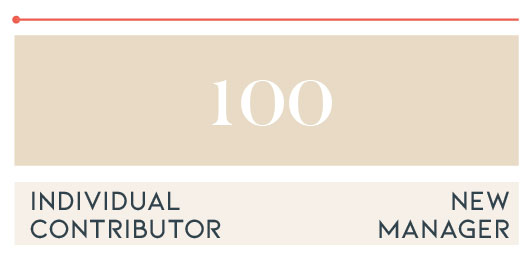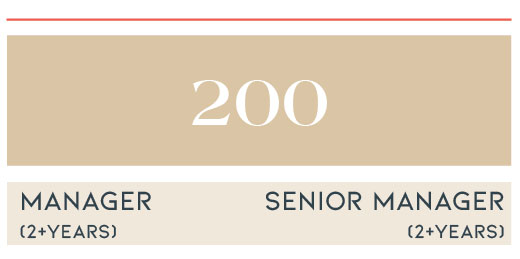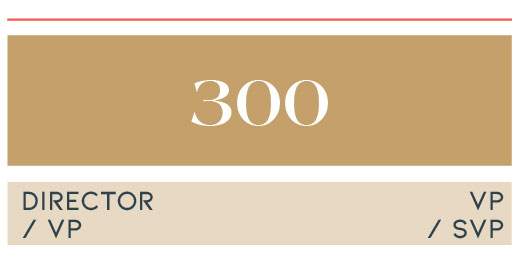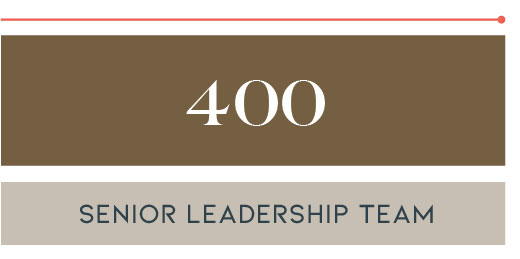The Four Levels of the Leadership Journey

The 100 to 200 journey
100-level leaders on their way to 200-level are outstanding individual contributors with solid technical knowledge and a desire to improve continuously. People who consistently demonstrate excellence in their body of work are often promoted to manager. As a new manager, the expectation is that you will manage the work of several people, consistently delivering on time and within budget, thereby freeing up your manager to think and act at a higher conceptual level.
Common pinch point: New managers will resist the vulnerability of delegating while simultaneously taking on more and more in an effort to demonstrate their potential to the organization.

The 200 to 300 journey
The 200-level leader is a reliable, trustworthy producer. The expectation of a 200-level leader on their way to 300-level is subject-matter expertise in their area of the business, as well as the ability to manage multiple strategic initiatives simultaneously, effectively manage competing priorities, and accurately quantify tradeoffs to senior management to enable decision-making. Furthermore, leading at this level includes the development of a strong team and the individual talent on it (to maintain a pipeline of talent and ensure succession) and continuous improvement in their area of the business.
Common pinch point: 300-level thinking requires a 30,000-foot perspective, yet the Manager/Senior Manager is stuck in the operational weeds of the day-to-day.

The 300 to 400 journey
Experienced leaders with large remits have demonstrated the ability to manage complexity and consistently deliver quality results over time. The expectation of a 300-level leader on their way to 400-level is strong people development skills, effective prioritization, and delegation coupled with an enterprise view and an understanding of the larger business environment. 300 and 400-level leaders collectively impact the speed of change in their organizations.
Common pinch point: “Zooming out” and “zooming in” to consider macro and micro views, taking satisfaction and confidence in the long-term wins of strategic leadership vs. the immediate successes of day-to-day operations.

The 400 journey
The 400-level leader is a leader who understands and accepts that they do their best work through others. They are intentional about creating a senior team that leads collectively and nurturing the succession pipeline to ensure a long and healthy future for the organization. They consistently “zoom out” to consider external stakeholders, the larger business environment, and trends that may impact the business. They regularly engage their direct reports to “zoom in” on the business and make adjustments that maintain the organization’s trajectory. They are very good at keeping an eye to the future while maintaining a steady foot in today.
Common pinch point: Self-trust and collective senior team leadership.




